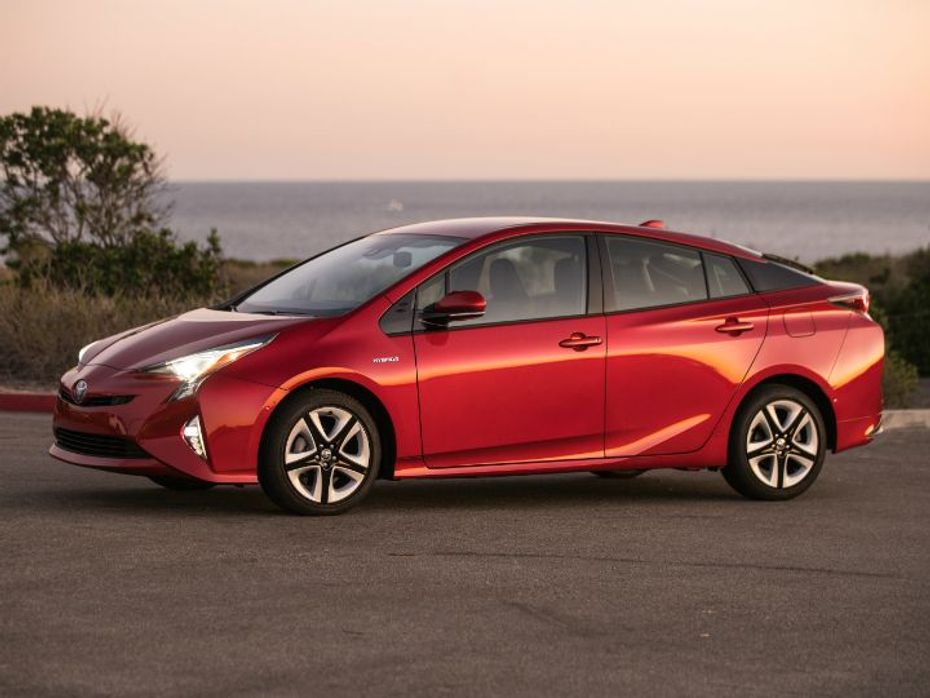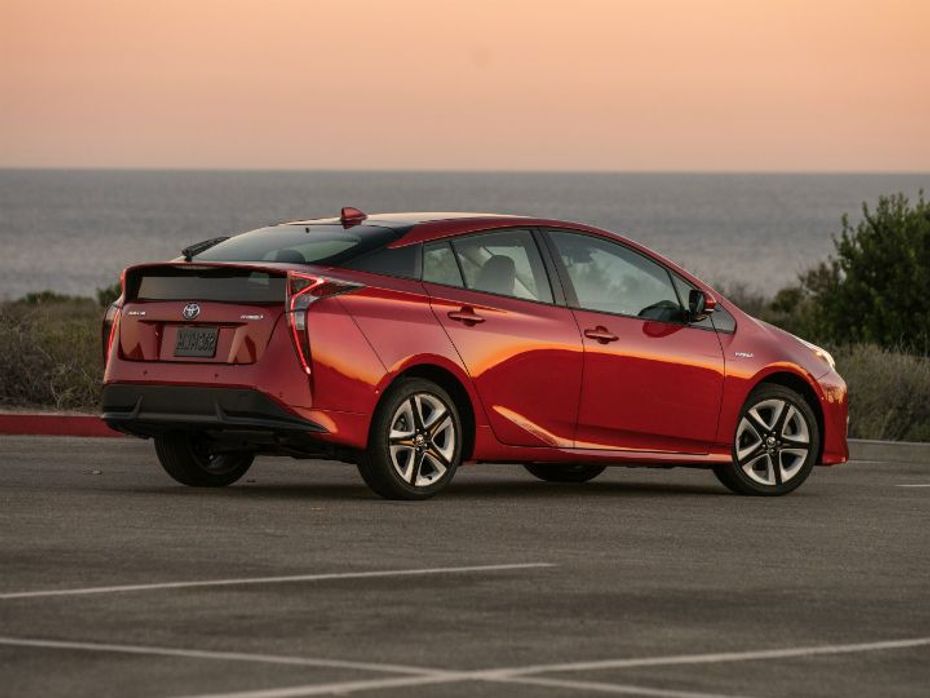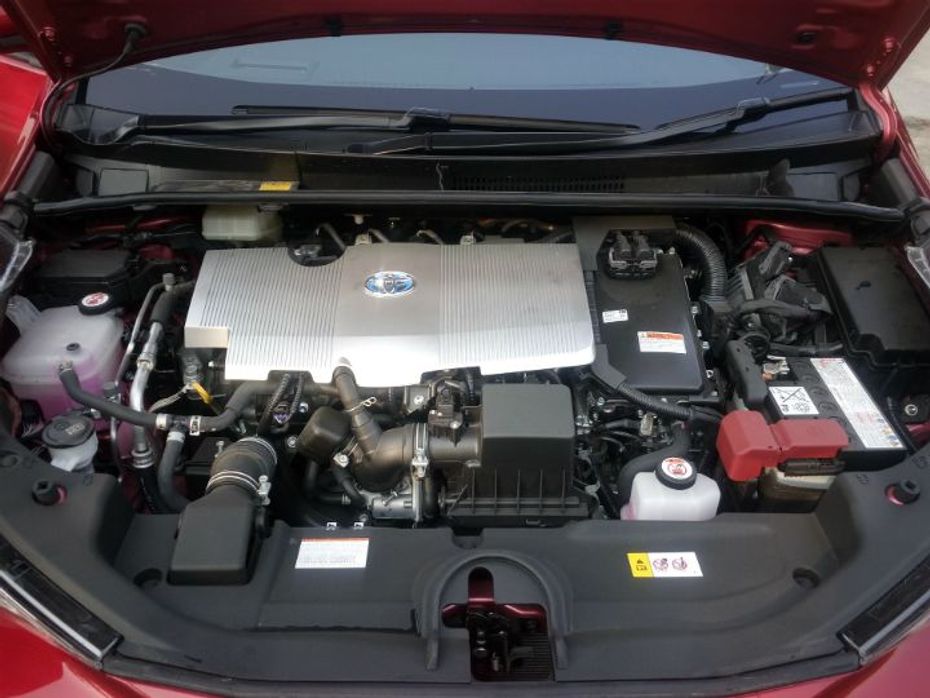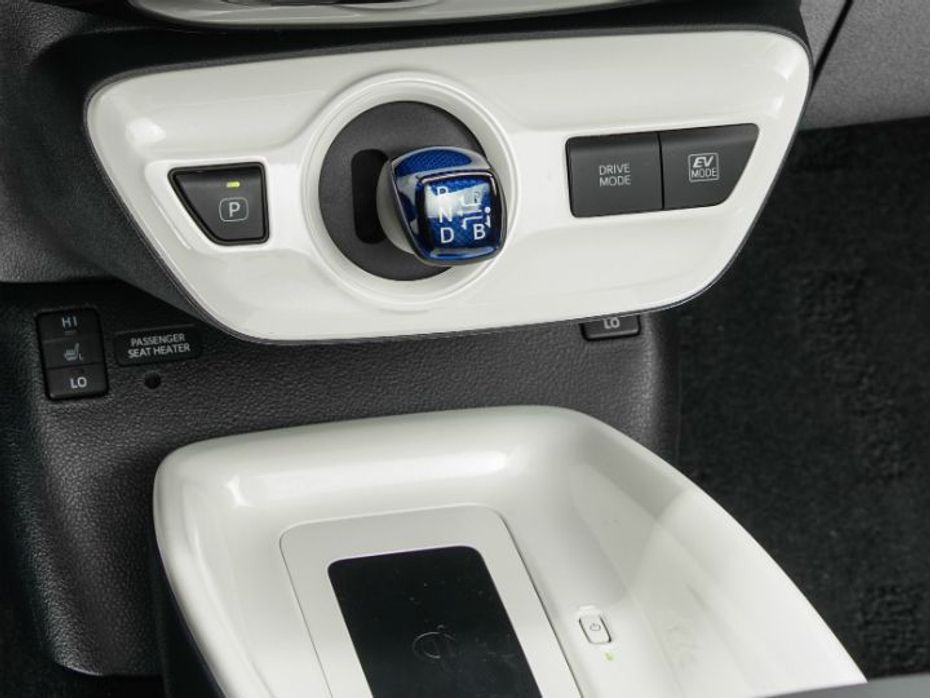
Celebrating 20 Years Of The Prius With The Prius 2020 Edition
- May 16, 2020
- Views : 2057


The Toyota Prius has always been the Japanese carmaker’s flagship ‘Green’ car. But here in India, the sales figures of the Prius were far from satisfactory. The reasons could be attributed to the high price and even in some cases the rather plain jane styling. But all that could soon change. Toyota recently previewed the new-generation Prius which could be launched in the country as early as January next year.

What exactly is it?
The new generation Prius is an all-new car and is built on the TNGA or Toyota New Global Architecture platform that underpins most of the new Toyota vehicles including the recently launched Fortuner and the Innova Crysta. Though the principle of Toyota’s hybrid remains the same – a small engine, a large electric motor and a substantial battery pack, aesthetically, the new Prius looks radically different and futuristic compared to the old model. The design is edgy and wouldn’t look out of place even five years down the line if left untouched. The rear of the car looks especially appealing with liberal use of LED tail lamps and part-glass tailgate which looks like a floating spoiler.
The engine is still the same 1.8-litre 4-cylinder petrol engine which makes 98PS of max power and a respectable 142Nm of torque. And the power is provided to the front wheels via a CVT gearbox.

The hybrid system
The engine is also mated to an updated 72PS electric motor. In a strange twist though, the battery pack Toyota has used is a nickel-metal hydride unit instead of the more widely used lithium-ion one. Lithium-ion has some distinct advantages over the NiMH batteries – they are lighter, charge much faster, have relatively the same capacity and, the biggest point, are immune to something called the memory effect which is essentially what happens when a battery is charged before it’s discharged completely causing the battery to register a false capacity over time. This could especially affect hybrid systems as they are charged constantly as the vehicle is moving.
On the other hand, nickel batteries are relatively cheaper to manufacture though that advantage is also fast diminishing as with increased adoption of lithium-ion batteries by manufacturers, the cost of production is on the decline. So the only major advantages the NiMH battery packs is their ability to withstand high atmospheric temperatures (like in our country) and the fact that they are more durable than lithium-ion packs which require more frequent replacement.
Hopefully, in the near future as more innovative technology comes our way, we will see Toyota adopt the lithium-ion solution.

How pricey and efficient is it?
Details about the price are yet unclear but when launched it will definitely be out of reach of the masses. The old one used to cost between Rs 26.0 to over 30.0 Lakh (which put it dangerously close to the likes of Skoda Superb and the VW Passat) and new one will most likely be similarly priced. But Toyota claims that the reworked engine now gives 18 per cent better fuel efficiency and 40 per cent better thermal efficiency. In addition, the fuel economy is claimed to be 40kmpl. If these figures hold true, the Prius, despite being rather expensive can actually prove to be a value for money proposition.

Celebrating 20 Years Of The Prius With The Prius 2020 Edition

Toyota And AP Government Ink MoU For Smart City Project

Toyota Launches All New Prius In India At Rs 38.96 Lakh

Toyota Recalls Prius Hybrid In India

2016 Auto Expo: New Toyota Prius unveiled

Toyota Prius sets Nurburgring lap record!

Toyota introduces new Prius & Easy Seat technology at 2012 Auto Expo

2013 Toyota Prius c revealed at Detroit Auto Show

Complete Coverage of the 2011 Tokyo Motor Show on ET NOW
India's largest automotive community
 No More Diesel-iMT Powertrain In India, As Kia Discontinues It For The Sonet, Seltos And Carens
No More Diesel-iMT Powertrain In India, As Kia Discontinues It For The Sonet, Seltos And Carens
 Hyundai Creta Electric: Things You Get With Each Of Its 5 Variants
Hyundai Creta Electric: Things You Get With Each Of Its 5 Variants
 Here Are Some Adrenaline Pumping Experiences From Auto Expo 2025 That You Should Not Miss!
Here Are Some Adrenaline Pumping Experiences From Auto Expo 2025 That You Should Not Miss!
 All You Need To Know About The Surprise Element At Auto Expo 2025: BMW iX1 LWB
All You Need To Know About The Surprise Element At Auto Expo 2025: BMW iX1 LWB
 Toyota Fortuner
Rs. 33.43 Lakh
Toyota Fortuner
Rs. 33.43 Lakh
 Toyota Innova Crysta
Rs. 19.99 Lakh
Toyota Innova Crysta
Rs. 19.99 Lakh
 Toyota Urban Cruiser Hyryder
Rs. 11.14 Lakh
Toyota Urban Cruiser Hyryder
Rs. 11.14 Lakh
 Toyota Camry
Rs. 48.00 Lakh
Toyota Camry
Rs. 48.00 Lakh
 Toyota Hilux
Rs. 30.40 Lakh
Toyota Hilux
Rs. 30.40 Lakh
 Maruti Dzire
Rs. 6.79 Lakh
Maruti Dzire
Rs. 6.79 Lakh
 Hyundai Verna
Rs. 11.07 Lakh
Hyundai Verna
Rs. 11.07 Lakh
 Toyota Camry
Rs. 48.00 Lakh
Toyota Camry
Rs. 48.00 Lakh
 Honda Amaze
Rs. 7.99 Lakh
Honda Amaze
Rs. 7.99 Lakh
 Hyundai Aura
Rs. 6.54 Lakh
Hyundai Aura
Rs. 6.54 Lakh